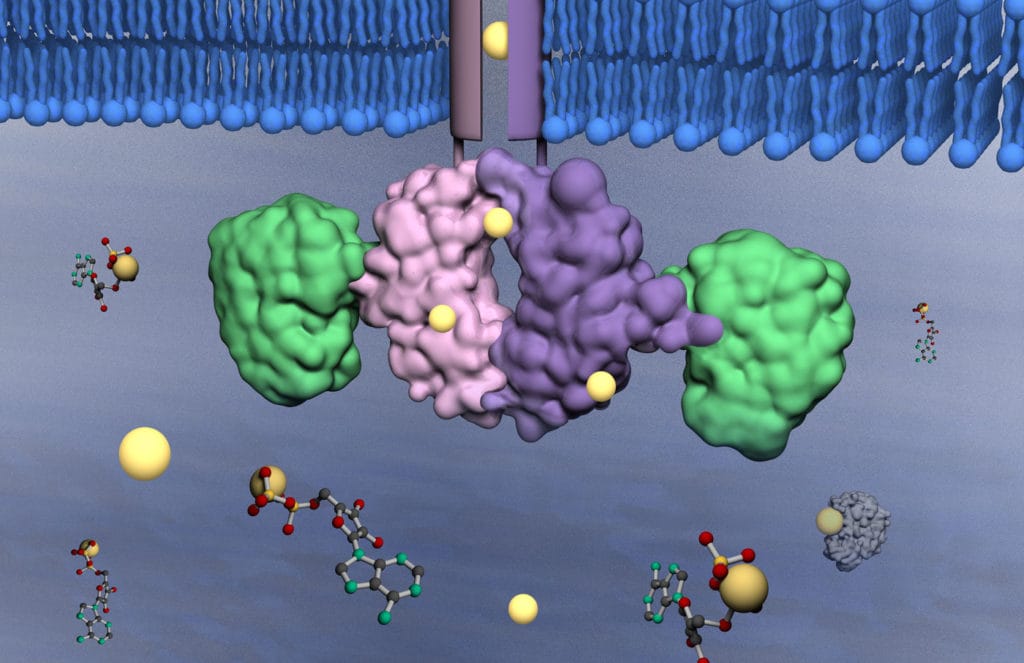Tag: adenosine triphosphate
The heart of the matter: Elamipretide in the treatment of Barth syndrome

Barth syndrome (BTHS) is an ultra-rare but debilitating genetic disease affecting cell mitochondria. High infant mortality due to cardiac complications and a weakened immune system significantly decrease life expectancy. Current medications treat symptoms but not the cause, leaving an unmet clinical need to develop effective treatments that target the underlying pathology. Dr Hani N Sabbah, Professor of Medicine at Wayne […]
Read More… from The heart of the matter: Elamipretide in the treatment of Barth syndrome
Energy transformation in living cells: The role of vitamin C

The biochemical processes responsible for energy production in cells and for its utilisation in cellular metabolism have been studied extensively. Although several details of how these complex chemical reactions take place have progressively been clarified, far less is known about the structure of the biomolecules involved and their interactions. Professor emeritus János Hunyady, from the University of Debrecen, Hungary, is […]
Read More… from Energy transformation in living cells: The role of vitamin C
The serendipitous discovery of a new green chemistry method

Dr Petri Turhanen was working on a synthesis of a modified version of the biological molecule adenosine triphosphate (ATP), when he discovered that the cation exchange resin he was using was unintentionally producing another molecule. Closer investigation revealed that the molecule had been iodinated, meaning an iodine atom had been added. This specific reaction is challenging to perform using current […]
Read More… from The serendipitous discovery of a new green chemistry method
Controlling magnesium flux: a central role for the PRL-CNNM complex

Magnesium is an essential metal ion for human health. However, its ability to act as a supplementary therapy against disease is a poorly understood area of science. Professor Michel L. Tremblay and his team at McGill University in Montreal, Canada, are looking to change this though, and are currently investigating the role of the newly discovered pathway, PRL-CNNM, in controlling […]
Read More… from Controlling magnesium flux: a central role for the PRL-CNNM complex